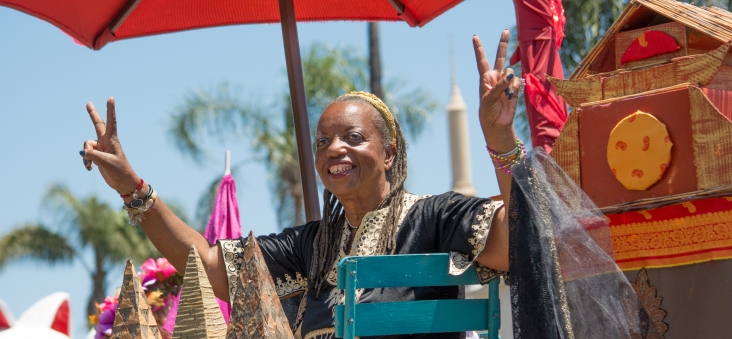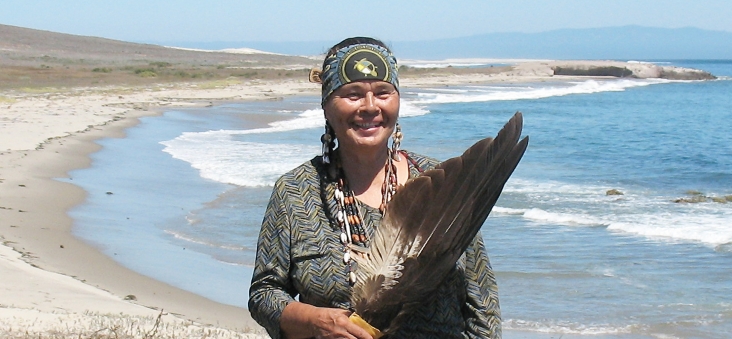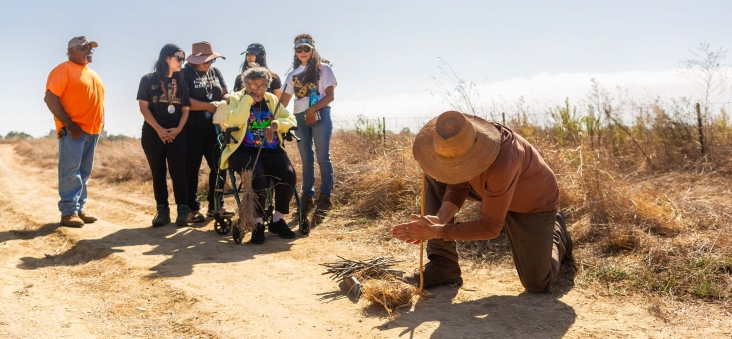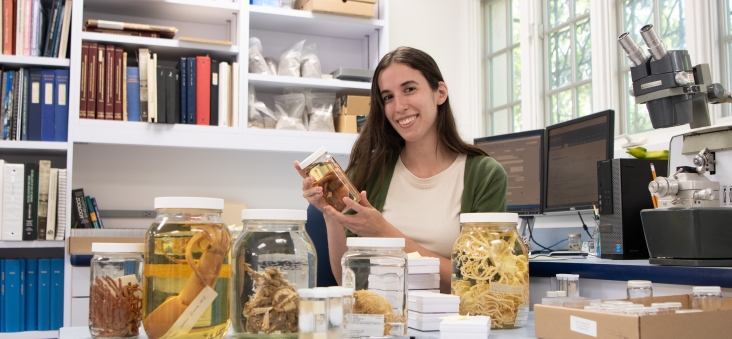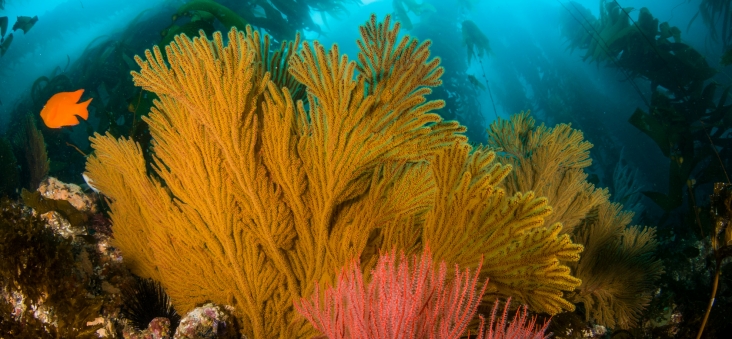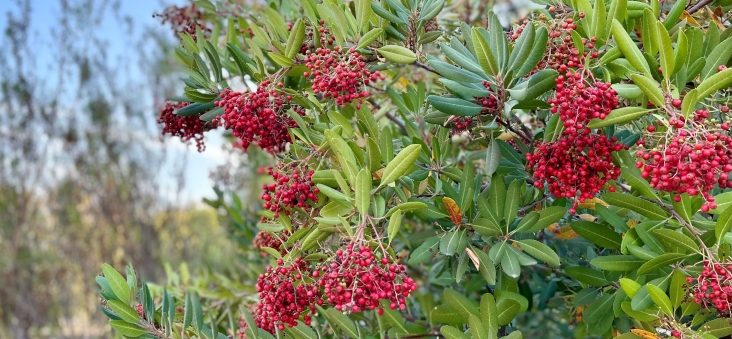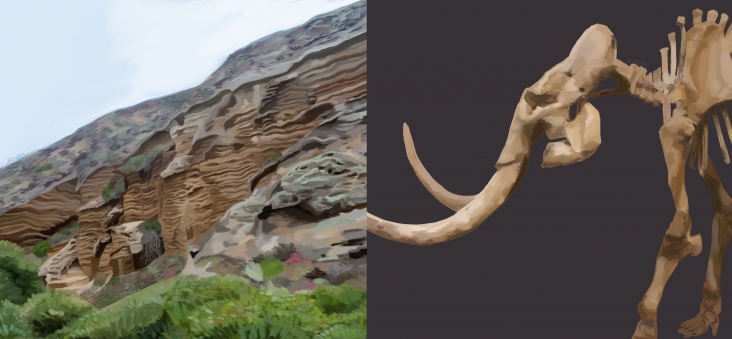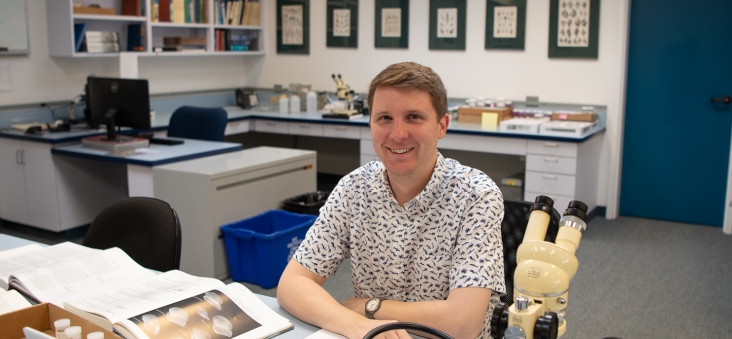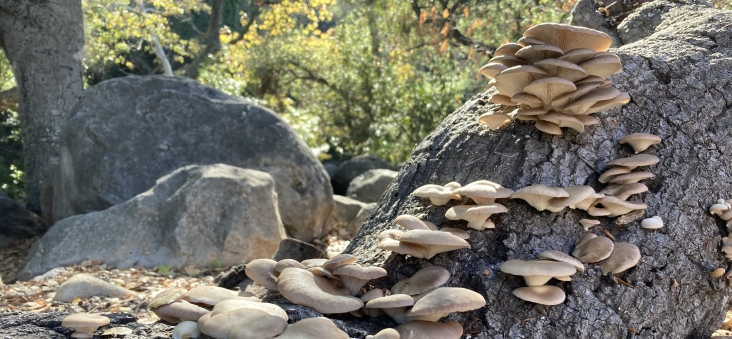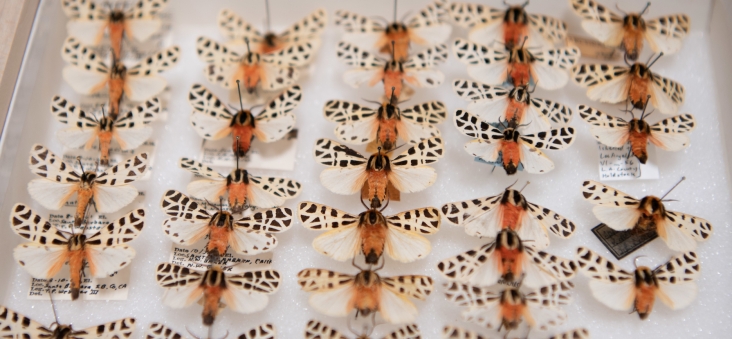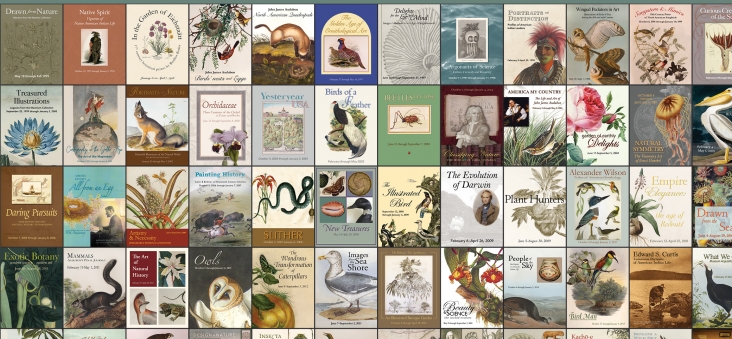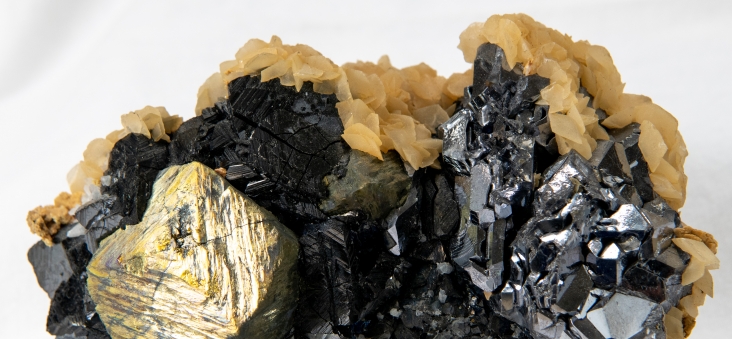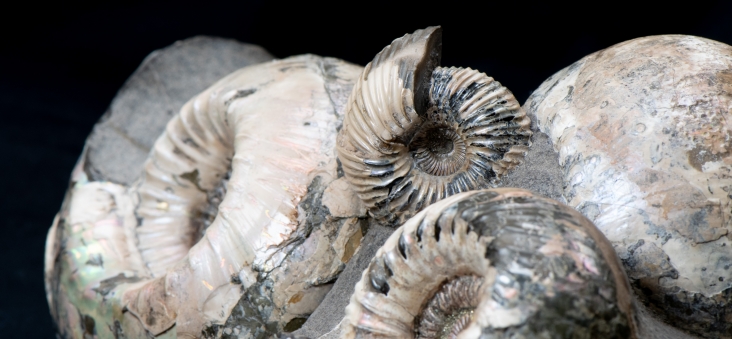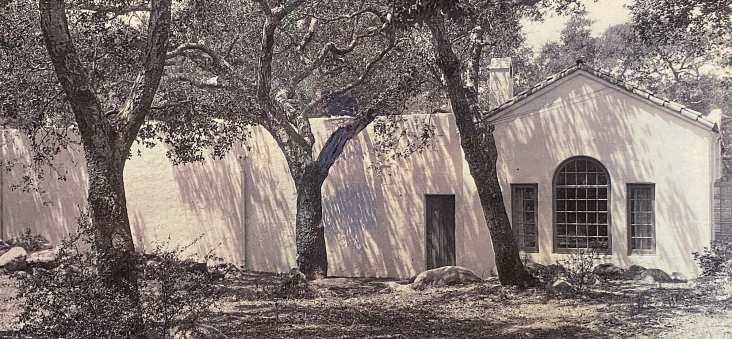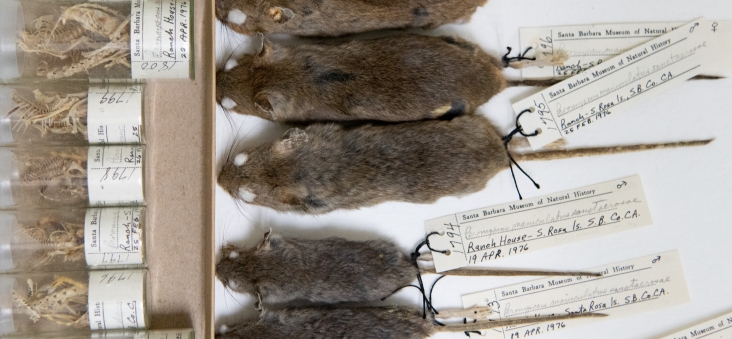Largo’s Long Career: For the Good of Gopher Snakes
Some people look at animals in zoos and aquariums and wonder if they need to be there instead of in their natural environments. I can understand that, and as a science educator at the Sea Center, I talk to people with these inquiries every day. It motivates me to illuminate the important roles that animals in human care at educational and research institutions can play.




